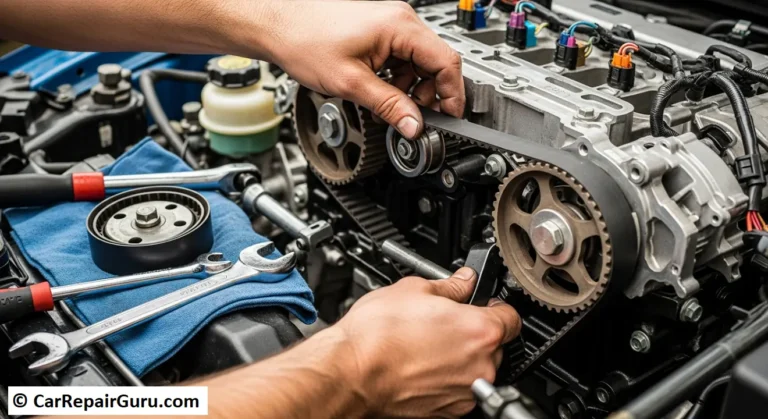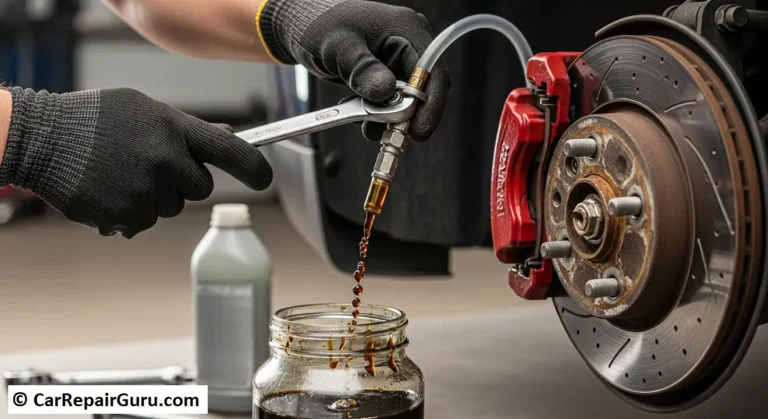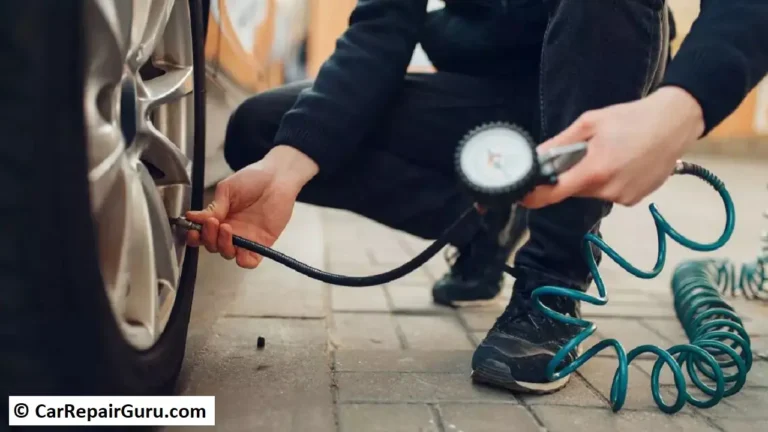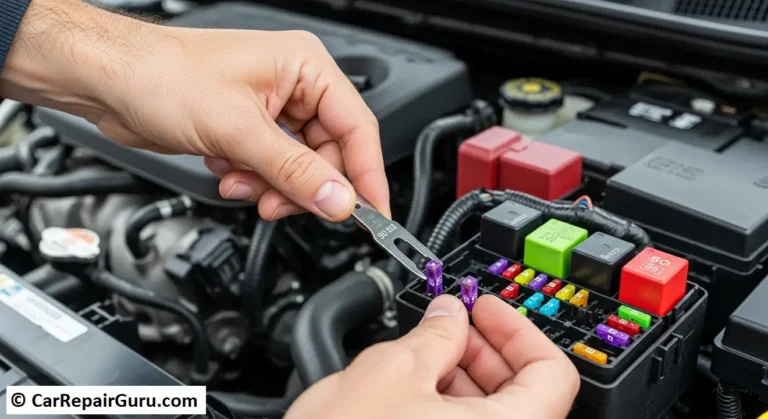
When it comes to keeping your car running smoothly, few maintenance tasks are as vital as a car oil change. This seemingly simple procedure plays a major role in the longevity and performance of your engine, yet knowing when and how to tackle it can be confusing. This comprehensive guide will delve into all aspects of car oil changes, from understanding why they’re essential to recognizing the signs it’s time for a change, and even how to do it yourself.
Why is a Car Oil Change So Important?
Your car’s engine is a complex machine with many moving parts that generate significant heat and friction. Engine oil is the lifeblood that keeps everything running smoothly. Here’s how:
- Lubrication: Oil forms a protective film between moving engine parts, reducing friction and preventing wear and tear.Regular car oil change ensure this lubrication stays effective.
- Cooling: Oil absorbs some of the heat generated by the engine, helping to maintain optimal operating temperatures.
- Cleaning: Oil carries away dirt, debris, and microscopic metal particles, preventing sludge buildup and protecting engine components. This cleaning action is less effective when the oil gets old, making timely car oil change essential
- Corrosion Protection: Oil contains additives that inhibit rust and corrosion, extending the lifespan of your engine. Over time, these additives degrade, highlighting the importance of sticking to a car oil change schedule.
When to Change Your Car Oil: New vs. Used Cars

New Cars (Post-2008 Models):
Many modern cars are equipped with sophisticated sensors and onboard computer systems that monitor driving conditions and oil life. You’ll often find an oil change indicator light on your dashboard or a message displayed on your infotainment screen telling you when it’s time.
General Guidelines:
- Synthetic Oil: Most new cars use synthetic oil, which typically lasts longer than conventional oil. You might be able to go 7,500 to 10,000 miles or even longer between oil changes, as recommended by your owner’s manual.
- Shorter Intervals: However, factors like frequent short trips, extreme temperatures, heavy traffic, dusty environments, and towing can significantly shorten oil life. In such cases, more frequent oil changes every 5,000 miles or 6 months might be necessary.
Used Cars (Pre-2008 Models):
Older vehicles usually lack advanced oil life monitoring systems. The general rule of thumb for these cars is to change the oil every 3,000 miles or 3 months. However, if your driving habits involve any of the “severe conditions” mentioned above, sticking to a 3,000-mile interval is a safer bet.
Remember: Always consult your car’s owner’s manual for the manufacturer’s recommended oil change intervals.
What Happens If You Delay an Oil Change?

Putting off an oil change might seem tempting, especially when you lead a busy life. But delaying this essential maintenance can lead to several problems, some of which can be costly to fix:
- Increased Engine Wear: As oil ages and breaks down, it becomes less effective at lubricating engine components, leading to increased friction and wear.
- Engine Sludge Formation: Contaminants accumulate in old oil, forming a thick, gooey substance called sludge. This sludge can clog oil passages, restrict oil flow, and severely damage your engine.
- Reduced Fuel Efficiency: Thick, dirty oil creates more resistance, forcing the engine to work harder and burn more fuel.
- Overheating: Oil plays a vital role in cooling the engine. When oil degrades, it loses its ability to dissipate heat effectively, increasing the risk of overheating.
- Costly Repairs: Ignoring oil change intervals can ultimately lead to catastrophic engine failure, requiring expensive repairs or even engine replacement.
Choosing the Right Oil for Your Car
Selecting the correct type of oil for your car is crucial for ensuring optimal engine performance and longevity. Here are the main types of motor oil available:
- Conventional Oil: This traditional oil type is refined from crude oil. It’s suitable for cars with simple engine designs and those with moderate mileage.
- Synthetic Oil: Manufactured from chemically modified base oils, synthetic oil offers superior performance, longer lifespan, and better resistance to extreme temperatures compared to conventional oil.
- Synthetic Blend Oil: This type combines synthetic and conventional base oils, offering a balance of performance and affordability.
- High-Mileage Oil: Formulated for vehicles with over 75,000 miles, high-mileage oil contains additives that help reduce oil consumption, minimize leaks, and condition engine seals.
Understanding Oil Viscosity:
Oil viscosity refers to its thickness or resistance to flow. The Society of Automotive Engineers (SAE) assigns viscosity grades to oils, such as 5W-30 or 10W-40.
- The “W” stands for “Winter.” The number before the “W” indicates the oil’s viscosity at low temperatures. Lower numbers mean the oil flows better in cold weather, making it easier to start your engine.
- The second number (after the “W”) indicates the oil’s viscosity at high temperatures. Higher numbers mean the oil is thicker at operating temperature, providing better protection for high-performance engines or those operating in hot climates.
Always refer to your owner’s manual to determine the recommended oil type and viscosity for your specific vehicle make, model, and year. Using the wrong oil can negatively impact your engine’s performance and lifespan.
How to Change Your Car Oil: A Step-by-Step Guide

Changing your own car oil can be a rewarding and cost-effective DIY project. Here’s a step-by-step guide to help you through the process:
Tools and Materials:
- New oil (correct type and amount for your car)
- New oil filter (compatible with your car)
- Wrench set (including a socket wrench)
- Oil filter wrench
- Drain pan
- Funnel
- Jack and jack stands (or ramps)
- Gloves
- Safety glasses
- Old newspapers or cardboard (to protect your work area)
Procedure:
- Gather Your Tools and Materials: Assemble all the necessary tools and materials before you begin.
- Prepare Your Work Area: Park your car on a level surface and engage the parking brake. If you’re using a jack, consult your owner’s manual for the correct jacking points.
- Warm Up the Engine: Run your engine for a few minutes to warm up the oil, making it flow more easily.
- Locate the Drain Plug: The drain plug is usually located on the underside of the oil pan, towards the rear of the engine.
- Position the Drain Pan: Place the drain pan directly beneath the oil drain plug.
- Loosen and Remove the Drain Plug: Use a wrench to loosen the drain plug. Be ready for the hot oil to start draining as soon as the plug is loose. Unscrew the plug by hand and let the oil drain completely.
- Replace the Drain Plug: Once the oil has finished draining, clean the drain plug and install a new crush washer if necessary. Tighten the drain plug securely.
- Locate and Remove the Oil Filter: The oil filter is typically located near the oil pan or on the side of the engine block. Use an oil filter wrench to loosen the old filter and unscrew it by hand. Be careful, as some oil may spill out.
- Prepare the New Oil Filter: Lubricate the rubber gasket on the new oil filter with a small amount of fresh oil.
- Install the New Oil Filter: Screw the new oil filter onto its housing by hand. Once you feel resistance, tighten it about ¾ of a turn.
- Add New Oil: Remove the oil filler cap (usually located on the top of the engine) and carefully pour the new oil into the engine using a funnel. Consult your owner’s manual for the correct oil capacity.
- Check the Oil Level: After adding oil, start the engine and let it run for a minute to circulate the oil. Turn off the engine and wait a few minutes for the oil to settle. Check the oil level using the dipstick, adding more oil if needed.
- Dispose of Used Oil Properly: Pour the used oil from the drain pan into a sealed container and take it to a certified used oil recycling center. Never pour used oil down the drain or into the garbage.
When to Consult a Mechanic
While changing your own car oil can save you money, there are times when it’s best to leave it to the professionals:
- Lack of Experience: If you’re not comfortable working under your car or aren’t familiar with basic car maintenance, it’s safer to have a mechanic handle the oil change.
- Limited Time or Tools: An oil change requires specific tools and a bit of time. If you lack either, a professional oil change service is more convenient.
- Complex Engine Designs: Some cars have complex engine designs that make accessing the drain plug or oil filter difficult.
- Suspected Engine Problems: If you notice unusual noises, leaks, or performance issues with your engine, it’s best to have a mechanic diagnose and address the problem during the oil change.
Car Oil Change FAQs: Your Top Questions Answered
Q: Can I mix different brands or types of oil?
A: While it’s generally not recommended to mix different oil brands or types, doing so for a short period won’t necessarily harm your engine. It’s always best to stick to a single brand and type for optimal performance and to avoid potential compatibility issues.
Q: Does synthetic oil require less frequent changes than conventional oil?
A: Yes, synthetic oil generally lasts longer than conventional oil, often up to 7,500-10,000 miles or 6-12 months between changes. However, always follow your manufacturer’s recommendations for oil change intervals.
Q: My car is leaking oil. Do I need an oil change?
A: An oil leak can indicate a serious issue and should be addressed immediately. While an oil change might be part of the solution, you should have a mechanic diagnose the cause of the leak and repair it promptly.
Q: What is an oil life monitor, and can I rely on it?
A: An oil life monitor is a system found in many modern cars that uses algorithms and sensors to estimate the remaining life of your engine oil based on driving conditions. While these systems are generally reliable, it’s still essential to consult your owner’s manual for recommended oil change intervals and use your judgment based on your driving habits.
Conclusion:
Regularly changing your car oil is an investment in its long-term health and performance. Remember, factors like driving habits and conditions can significantly impact oil life, and delaying this essential maintenance can lead to costly engine damage.
So don’t wait! Consult your owner’s manual for the recommended oil type, viscosity, and change intervals, and schedule an oil change for your car today. Whether you choose a DIY approach or visit a trusted mechanic, enjoy the peace of mind that comes with a well-maintained engine – and remember to always dispose of used oil properly at a certified recycling center.
sources :





